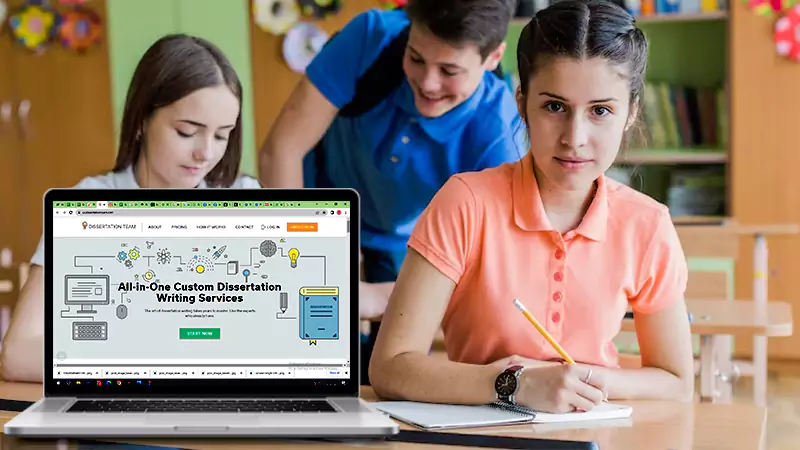Tips for Educators: How to Create a Great Learning Environment
Creating a great learning environment where students feel comfortable, safe, and inspired is essential. The traditional classroom has lost most of its appeal. From outdoor classes to online learning, the educational landscape has changed significantly over the years. Studies on effective education have proven that a strong focus on comfort, engagement, and interactive learning is critical. Students learn better when they feel comfortable in the classroom.
Are you an educator who wants to create a learning environment that students will love? Read on to discover a few essential tips.
Read to Know: Reasons Why Learning and Development Are Key for Your Business’s Success
Consider A Flexible Classroom Layout
A flexible classroom layout can contribute to a more satisfying learning experience. It allows educators to move things around according to the specific requirements of each lesson and activity. Moreover, it gives each student the freedom to choose how and where to sit.
An excellent way to provide optimal comfort to all students is to purchase flexible seating classroom furniture. Allowing students to sit wherever and however they want is more than a matter of physical comfort. It’s also about empowering them to choose a comfortable position within the group. Some students feel excluded if they sit at the back of the classroom. Others feel anxious if they sit at the front. A flexible layout is thus ideal for everyone.
When creating a learning environment for your students, don’t underestimate the importance of proper furniture. Comfort and productivity go hand in hand.
Prioritize Organization
The organization of the classroom is another essential aspect to consider. Educators rely on a wide range of materials and resources that are vital for effective teaching but which can make the classroom look messy and cluttered. An excellent way to ensure the learning environment remains inviting is to focus on storage and organization. How you store the materials is very important because you also need quick access to them for each lesson.
Each educator must develop a personal organization strategy based on the resources and materials needed throughout the school year. A proper organization also helps educators ensure they have all the materials needed for each lesson. Knowing where everything is stored helps easily replace lost or damaged items.
Keeping the classroom tidy can be an ongoing struggle, so it’s important to have great storage solutions. As an educator, you can also encourage your students to help with organization. Teach students to return items to storage after using them. After each lesson, take a few minutes to reorganize the classroom for the next activity.
Read Also: Things You Need to Know About Immersive Learning
Personalize the Space
A great way to ensure your students feel comfortable and engaged in the classroom is to personalize the space together. This can be a rewarding activity with educational value. Ask students to create artwork and hang their works on the walls as decorations.
Another helpful idea is to offer rewards that you can showcase in the classroom. You can offer stickers, certificates, or medals for academic accomplishments and positive behavior. Seeing a physical representation of their achievements will inspire students to perform better.
Personalizing the classroom has many benefits. The younger the students, the more important is that feeling of belonging. It can be very refreshing for students to be surrounded by their artwork every day. Personalized spaces are certainly more welcoming and seem emotionally safe.
Implement Strong Health and Safety Policies
Creating an excellent learning environment is impossible without reflecting on health and safety hazards and eliminating risks. Depending on the age of the students and the particularities of the physical space itself, removing hazards can be more or less challenging. However, it’s a vital process. Start by looking out for potential risks and create a safety checklist.
Are the decorations hung properly or likely to fall when touched? Are cleaning supplies stored far away from students? Look out for possible tripping hazards, such as cabinet doors left open, electrical cords, strings, small toys, or misplaced pieces of furniture. It’s also vital to keep the floor clear. Check the carpets regularly throughout the day to remove sharp objects that can cause injury.
Health and safety should be priorities in the classroom, especially if you work with younger children who cannot identify hazards. A child-proofed classroom gives educators the peace of mind to focus on the lesson.
In conclusion
If you want to offer students a great experience in the classroom, you must think from their perspective. This approach will help you understand their needs and preferences.
When creating a learning environment, details can make a difference. Not sure where to start? Follow our tips.
Blooket Login: Ultimate Guide to Login and Gameplay
10 Fastest Growing Tech Jobs in 2024
Justice: How Technology Transforms Asbestos Lawsuits
5 Quick Steps to Start Your Digital Banking…
Online Interior Design Courses: A Sustainable Choice for…
Private Tutor vs Teacher: What’s the Difference?
Challenges and Opportunities in Implementing 5G Technology in…
Top 10 Common Essay Writing Mistakes and How…
E-Learning Trends to Watch in the Coming Years
Incorporating Research into Your Essays: A Guide to…
The College Student’s Guide to Coping with Stressors












